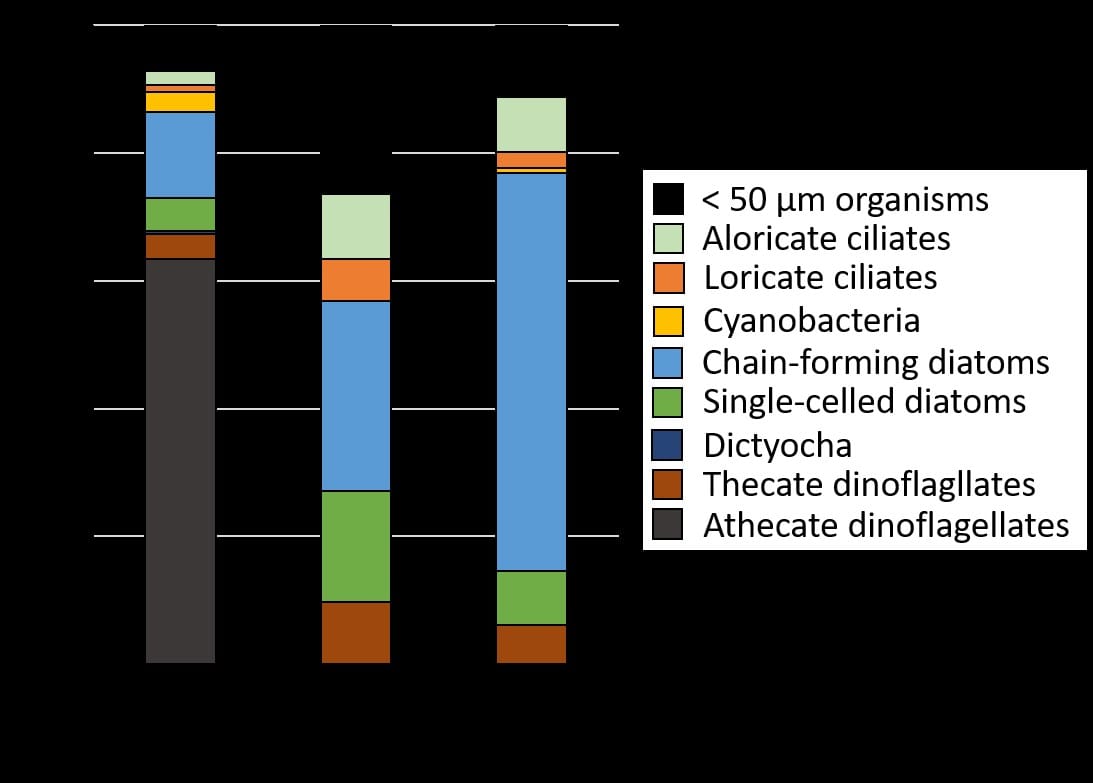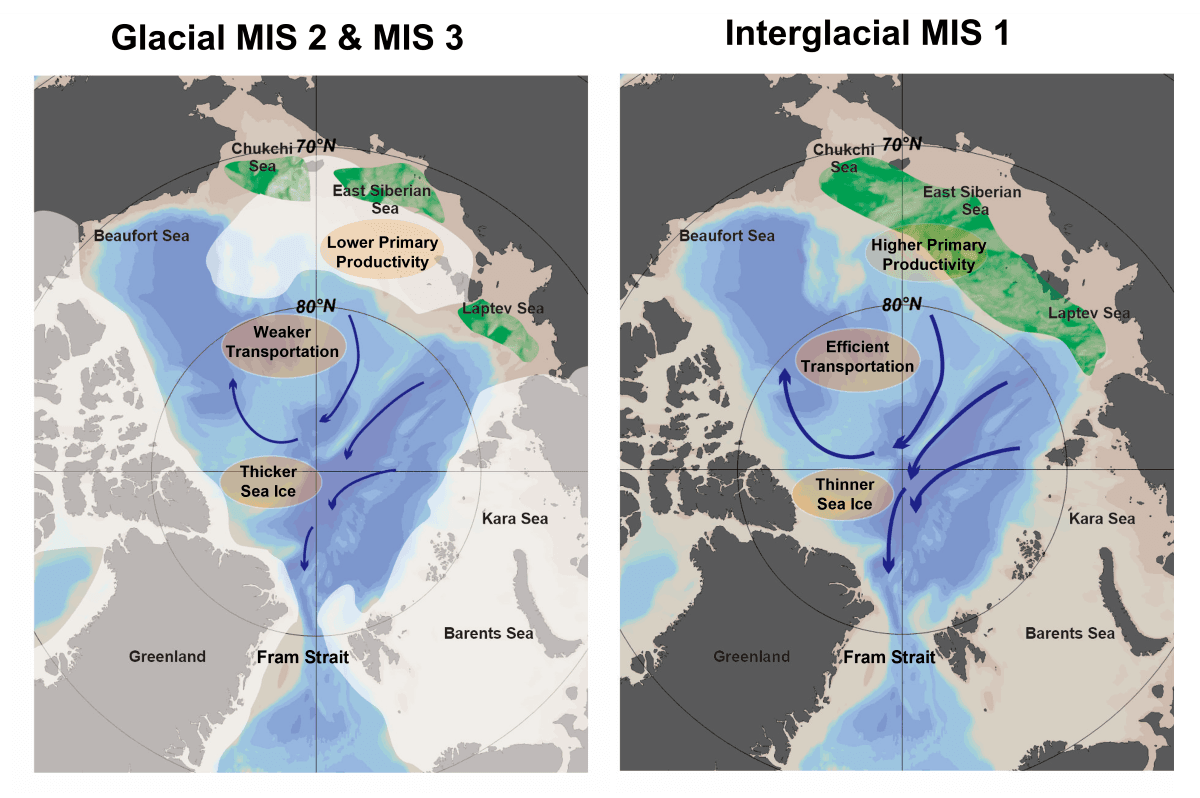Speaker:Dr. Ying-Chih Fang (University of Alaska Fairbanks)
Title:Circulation and dynamics on the northeastern Chukchi Sea Shelf, Arctic Ocean.
Time:4/20 (Fri) 15:30-16:30
Location:2nd floor large lecture hall of IONTU
Abstract:
Circulation on the northeastern Chukchi Sea shelf is largely dominated by the poleward pressure gradient between the Pacific and Arctic Oceans. Local winds modulate the upper ocean and can rapidly alter the flow field. Present understanding of the circulation is largely based on subsurface measurements, but until recently the response of near-surface currents to the slowly-varying, secular pressure gradient and rapidly-varying local winds had not been addressed. I analyzed surface current data, extending ~150 km offshore, collected from shore-based high-frequency radar systems (HFR) during the open water season. I found three wind-induced circulation regimes. Two of these are related to strong northeasterly winds when wind speeds approach or exceed 6 m s-1, and the third results from infrequent northwesterly winds at >6 m s-1. I also found two dynamically different regions separated along ~71.5°N. North of 71.5°N the water column is strongly stratified due to cold and dilute ice meltwaters, whereas the water column to the south is much less stratified.
These differences are reflected in the current response to the winds.For subsurface currents, I investigated the circulation around Hanna Shoal and analyzed 23 moorings spanning the northeastern Chukchi Sea shelf. The circulation is fundamentally influenced by the distribution of late summer sea ice. North of the Shoal there is a zonal gradient in the thermohaline and flow fields. The eastern side of the Shoal is strongly stratified year-round and vertically sheared, unlike the western side where the flow is steadily northeastward over the entire water column. Dense bottom waters flow clockwise around Hanna Shoal, but zonal convergence is found in the upper water column north of the Shoal. In winter, a seasonally-varying along-isobath density gradient develops that implies cross-isobath flow along the bottom. Both features indicate that shelf-basin exchange may occur north of Hanna Shoal. Additionally, a topographic wave mode is found along the eastern flank of the Shoal. The importance of the wave to the local environment is under investigation.
So far, my research focuses on low-frequency flows and still leaves questions about observed higher frequency phenomena. These topics are substantial for understanding how the polar shelf is impacted under continuing greenhouse gas-driven warming and how Pacific-origin waters are modified before they enter the Arctic Ocean. These efforts, together with my expertise using HFR to study the regional oceanography around Taiwan, would bring new opportunities for our students and promote international influence for the institute.








